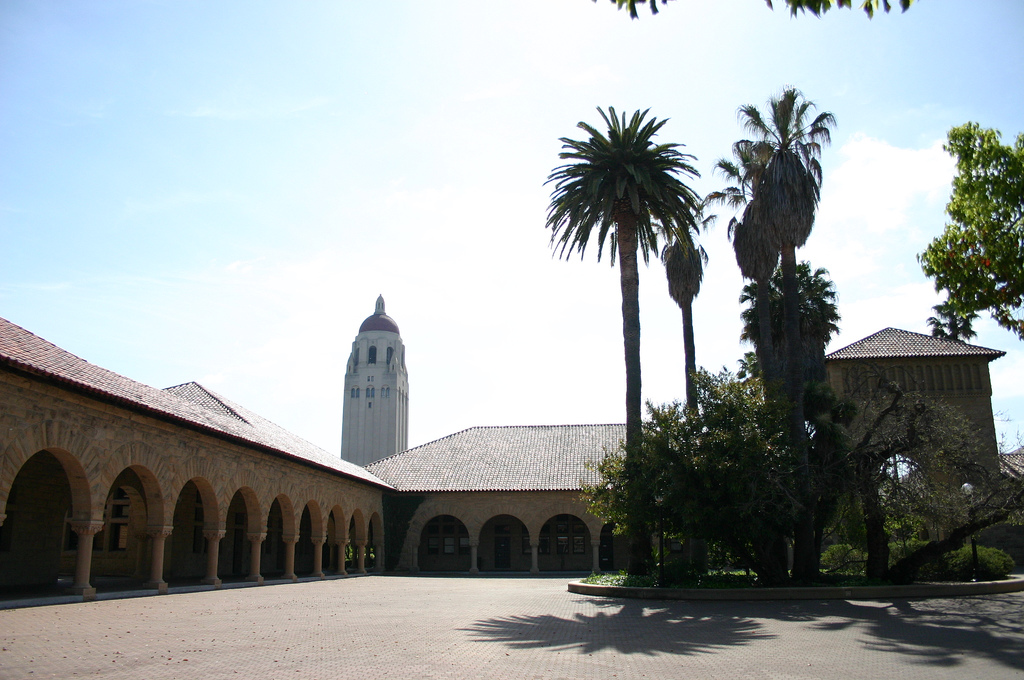Stanford Online Course for Reservoir Geomechanics, starting March 29, 2016

Stanford University features an online course on Reservoir Geomechanics to take place March 29, 2016 to June 10, 2016 and is free of charge.
Stanford University in California, is featuring this online course for Reservoir Geomechanics, which will start March 29, 2016 with two lectures each week.
This interdisciplinary course encompasses the fields of rock mechanics, structural geology, earthquake seismology and petroleum engineering to address a wide range of geomechanical problems that arise during the exploitation of oil and gas reservoirs.
The course considers key practical issues such as prediction of pore pressure, estimation of hydrocarbon column heights and fault seal potential, determination of optimally stable well trajectories, casing set points and mud weights, changes in reservoir performance during depletion, and production-induced faulting and subsidence. The first part of the course establishes the basic principles involved in a way that allows readers from different disciplinary backgrounds to understand the key concepts.
The course is intended for geoscientists and engineers in the petroleum and geothermal industries, and for research scientists interested in stress measurements and their application to problems of faulting and fluid flow in the crust.
RECOMMENDED BACKGROUND:
- Introductory Geology and Geophysics
- Familiarity with principles of drilling and petroleum production
COURSE FORMAT:
- 20, 90 minute lectures (in ~20 minute segments). 2 lectures will be made available each week, starting March 29, 2016.
- Lecture 1 is a course overview to introduce students to the topics covered in the course. Lectures 2-17 follow 12 chapters of Dr. Zoback’s textbook, Reservoir Geomechanics (Cambridge University Press, 2007) with updated examples and applications. Lectures 18 and 19 are on topics related to geomechanical issues affecting shale gas and tight oil recovery. Lecture 20 is on the topic of managing the risk of triggered and induced seismicity.
- 8 Homework assignments (and associated video modules) are intended to give students hands-on experience with a number of the topics addressed in the course.
- The course grade will be based solely on homework assignments. There will be no quizzes or exams.
- Homework assignments will be graded electronically and will consist of multiple choice and numerical entry responses.
- There will be an online discussion forum where students can discuss the content of the course and ask questions of each other and the instructors.
COURSE STAFF
- DR. MARK D. ZOBACK
- FATEMEH RASSOULI, GRADUATE TEACHING ASSISTANT
- NOHA FARGHAL, GRADUATE TEACHING ASSISTANT
FREQUENTLY ASKED QUESTIONS
CAN I AT LEAST ACCESS THE COURSE MATERIALS, EVEN IF I CAN’T TAKE THE COURSE?
Yes. All course material is archived and available for download for non-commercial purposes. To do so, register for the course.
WILL I RECEIVE A STATEMENT OF ACCOMPLISHMENT IN THIS COURSE?
Yes. A Statement of Accomplishment will be given to those students who obtain more than 70% of the maximum points on the 8 homework assignments.
DO I NEED TO PURCHASE A TEXTBOOK FOR THE COURSE?
While it is not required to purchase the Reservoir Geomechanics textbook for this course, it is recommended. Lectures 2-17 follow the 12 chapters of the book. The book provides significant additional detail and explanation of the course concepts.
It is available through:
Cambridge University Press: http://www.cambridge.org/us/academic/subjects/earth-and-environmental-science/applied-geoscience-petroleum-and-mining-geoscience/reservoir-geomechanics
Amazon and Kindle: http://www.amazon.com/Reservoir-Geomechanics-Mark-D-Zoback/dp/0521146194
Source: Stanford